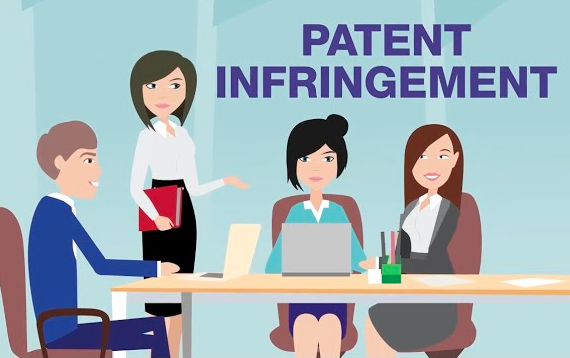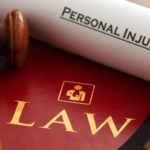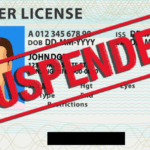The desire to earn easy money now has no ends or limits, so patent violations happen all around. Dishonest companies copy solutions others obtain through R&D or by buying patents to get an edge on the market with little expense. Fortunately, patent infringement law is here to help establish the truth and punish violators.
In this article, specialists from Patents.kblit company specializing in helping inventors sell their patents will tell everything regular people and corporations need to know about patent infringement and litigation. And if you are interested in selling a patent you should definitely check out their website.

What does Patent Infringement mean?
It is a violation of material intellectual property rights. It occurs when a certain party makes, uses, tries to sell, or sells anything that includes all the elements of the effective patent.
There are various types of patent infringement depending on to which extent the invention was copied. This violation can be brought to federal district court only if it had occurred on American soil:
- The infringement itself took place in the United States.
- The product was copied in other countries and then imported to the US.
Note that such a felony can be time-barred, so make sure to bring in the case no longer than 6 months after an infringement had occurred.
Patent Infringement Types
Those types differ by how and in which way a certain party was involved in an act of infringement. There are six different patent infringement types:
- Direct infringement: A party produces a patent-covered product with no permission from a patent holder.
- Indirect infringement: A party doesn’t directly commit infringement, but aids or encourages another party to do so.
- Contributory infringement: A person or company provides a certain part of an infringed product that has no other purpose than to aid in producing it.
- Induced infringement: A party assists in infringing by providing the means to produce a product.
- Willful infringement: Occurs when a party is proven to have known about the effective patent and still deliberately violated it.
- Literal infringement: There is direct conformity between a patented object and one that caused the lawsuit.
It is worth mentioning that willful infringement brings the heaviest consequences, as when proven indicates that a person has knowingly broken the law. For this type, the court will impose the biggest fines and penalties, as well as oblige the defendant to pay all court expenses.
How is Patent Infringement Determined
Depending on how well the defendant, or defendants, tried to hide the signs of copying other’s inventions determining an infringement can take a long time. The success in this case highly depends on how well it is built and the validity of the patent. Filing an infringement case is composed of a sequence of stages:
Naming an Infringer.
It can be either a single person or a group of people if a certain business is involved. There is no need to provide the whole list of people at once since additional parties can emerge during litigations. They can be added to the lawsuit in the process.
Identifying the Act.
A plaintiff must present the judges with a specific act of infringement in patent. The ideal scenario is if a patent holder has a product that violates the patent. In other cases, including patented processes, he/her needs to present indirect evidence – correspondence, documents, and so on.
Proving Similarities of One or More Claim.
A patent is comprised of different claims which reflect new ways of functioning or producing things. Infringing any of those counts as patent infringement and acts in favor of the plaintiff.
Proving the similarities between the product or process and a patent takes the majority of the time of the litigation and usually involves a special expert commission.
Infringement Lawsuit Defence Strategies
As now you know the answer to how is patent infringement determined, it is time to understand what a defendant will try to do to protect themselves.
Standard practice for such cases is to challenge the validity of the patent. The defendants may claim that the patent violates the rules of the US Patent and Trademark Office. A patent can be recognized as fraudulent if:
- A patent application included untrue information.
- The ideas behind it are not all new.
- It is a marginal improvement of existing technology instead of an innovation.
Conclusion
Now you know the answer to what does patent infringement mean, what are the types of infringement and how one can be brought to court. Cases like this can become very difficult if there are multiple organizations involved and copying is not obvious.
Make sure you collect a solid evidence base and hire lawyers specializing in intellectual property. This will hugely increase your chances of success. In this case, the infringer will have to pay damages, which may simply be royalties for using a patent or even compensation for lost profits.
Join 25,000+ smart readers—don’t miss out!






